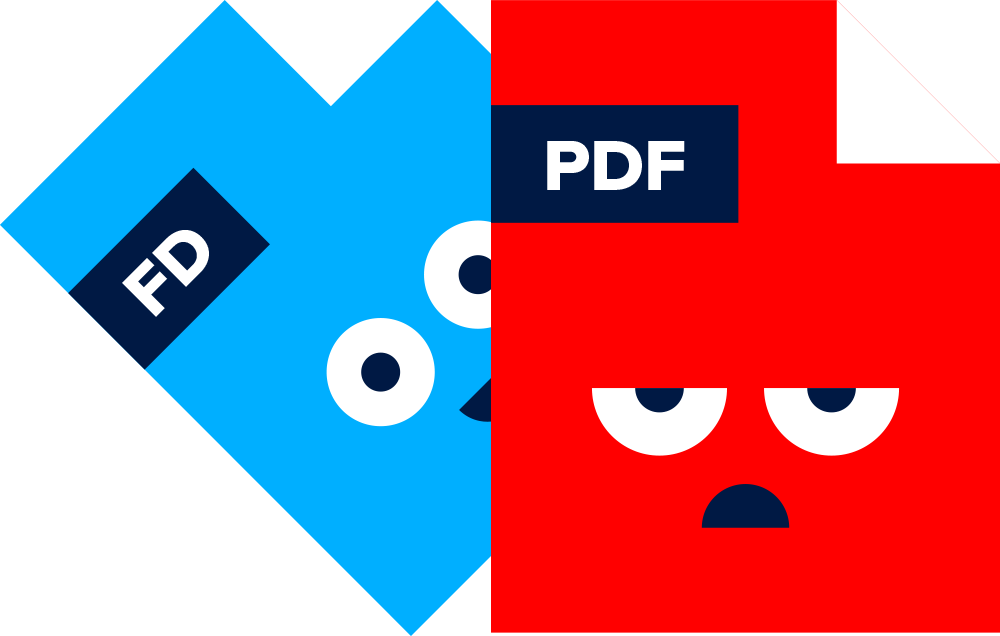Did you know that 93% of online experiences start with a search engine such as Google or Bing?
Users rarely know what they want from the get-go. They perhaps have an idea of what to look for, but they rely on a search engine to guide them.
The search engine offers a solution they desperately need. With this in mind, how will users find you if your website doesn’t appear in search results? This is precisely why you should invest in your company’s blog.
If you write about a topic that interests your potential customers, they are more likely to discover your brand’s website. In the end, they might purchase a product or service from you.
According to one study, 77% of internet users report they read blogs regularly. They rely on blogs to get the information they need. This is why 84% of businesses have a content marketing strategy.
If you want customers to come to your website and stay for a few minutes, you must create top-notch content.
To help you along the way, we have prepared five blogging content marketing tips to drive more traffic to your website.
Create a content marketing strategy
Every successful business blog needs a content marketing strategy. This strategy is a plan that works to grow your target audience by giving them content that educates and entertains them.
According to a study, almost 70% of the most successful businesses document their content marketing strategies. This is because a strategy gives them a clear idea of which content to produce to draw customers in.
What kind of content does your audience need? The kind that provides value and teaches them how to solve a specific problem with your brand. If your content doesn’t meet this, it will most likely fail.
If you want to develop a successful content marketing strategy, follow these three steps:
- Get to know your customers. Always keep one thing in mind—you’re creating content for your customers. For this to succeed, you must know your audience. Ask yourself what they want, which problem they have, and how your brand can help them. What can be helpful here is starting a customer advisory board. You basically hand-pick a number of customers who then share their feedback. It is through this board that you can get a clear picture of who your customers are.
- Determine what information your consumers need. It’s time you think like your customers. Be aware of their customer journey. You can map out the journey to make things easier. For starters, you should create your buyer persona to identify who your target audience is. Then, think about the actions your customer takes before making a purchase, e.g. perhaps they might speak with friends to find a solution to a specific problem. Another useful thing would be to brainstorm which problems your customer has and how you can provide a solution to them.
- Decide how to say it. Once you determine what information your audience needs, you should decide how to communicate it to them. Will you present it through a story? What kind of tone will you use? It’s easier to decide when you know your audience. For instance, you can present certain information through infographics. One example comes from Oberlo. The company presented the most important social media statistics through an infographic. You can check it out here.
Create goal-focused posts
Every blog post you write should have a purpose. It is what helps you achieve your long-term marketing goals.
Of course, your blog posts won’t be effective if they don’t include information your customers find valuable and relevant. Once you present that information, you should decide what you want them to do after reading your article.
Let’s say that your goal is to expand your email list. In that case, you can include a call-to-action and encourage the reader to subscribe to your newsletters. You may even want to provide a discount if they subscribe first.
One example of a goal-focused post comes from HubSpot. The company determined its audience wanted to know how to create a sales plan. That was why they wrote an article around this topic.
They also took the opportunity to remind their readers of HubSpot’s sales plan template. Not only did HubSpot provide relevant information to its audience, but it also achieved its goal—to showcase the company’s template their customers might need.
Key content goals for 2022
Semrush conducted a survey recently to determine which goals marketers wanted to achieve with content in 2022. According to the results, these are the key content goals:
- 45% look to increase brand awareness
- 37% want to drive more traffic to their sites
- 36% plan to use content marketing to generate more leads
- 27% want to increase revenue and sales
- 28% are focused on improving customer loyalty and engagement
If you want to achieve some of these goals, blogs can help you along the way.
Define your target audience
With every blog post, you want to attract the right audience. We’re talking about customers who have a specific problem your business can solve. However, you can’t write blog posts until you get to know your target audience.
How do you go about this? Easy—you meet with your team to create a buyer persona. This will give you a clear understanding of your ideal customer and how you can attract them with your blog posts.
Defining your target audience informs your decisions regarding content marketing. It helps you write articles that speak to your customers at every stage of their buyer journey.
How to determine your target audience
The following tips can help you understand who your target audience is:
- Analyze your existing customer base. Look at the people already buying products or services from you. Find out their age, gender, where they live, and what interests them. You can do that by conducting surveys or engaging them on social media.
- Analyze competitors. Your competition can be another good starting point. Research who they are selling to and communicate their message. Learn how they go about it.
- Create buyer personas. Not all customers are the same. Some distinctive traits and interests differentiate them from others. You can create different personas and group your consumers based on what you know about them.
One example of a buyer persona comes from Semrush. They present Shawna Cummings who is the target customer for a company that provides a project management tool. Semrush analyzed this buyer's persona and found her age, job title, company type, etc.
This can all help them determine how much influence this person has over the company’s decision regarding which tool to purchase.
Another important thing to know in this example is how much the buyer already knows about existing tools and competitors.
When you get to know your potential customer and the company they’re working for, you can strive to impress them. For instance, you can create custom thank you cards for business to show your appreciation for them.
Track analytics to analyze your performance
A Statista survey of bloggers found that only 32% of respondents always examined their blog posts’ analytics.
Although quality content is important, you won’t get far if your website visitors don’t convert. This is precisely why you should always check analytics. When you monitor, track and analyze the numbers, you’ll know which blog posts work and which don’t.
As a result, analytics can help your blogging content marketing strategy. It can tell you which articles your readers want to see, and their pain points. You can lead them down the sales funnel with your blog posts when you know this information.
For instance, let’s say you discover your blog readers are interested in topics related to real estate. This can drive your future strategy. You can focus more on real estate topics, which might increase traffic and hook your audience.
Our point is—don’t disregard analytics. Although it might be time-consuming to go over different reports, it will be rewarding in the long run.
Be consistent and update your content
Consistency is important, especially for blogging. You should strive to be consistent with your content quality, quantity, and schedule no matter what you do. If you aren’t, this might confuse your audience.
Having a regular strategy improves the overall customer experience and builds trust and loyalty. It shows consumers that they can always count on you to educate them with your content.
Apart from consistency, you should focus on updating your content.
Why is this important?
Trends, habits, technologies, and many other things change over time. What worked in 2011 will not work in 2022. If you don’t update your blog post, your readers will be left with wrong and outdated information.
This might frustrate them because they’ve turned to you for a solution. After reading your blog post, they realize they wasted their time—the answer you gave in 2011 doesn’t apply today. They will leave your website and refer to your competitor.
To avoid this scenario, we suggest you update your content regularly. Whenever a new piece of information arises, work with your team to include it in the old blog posts. Your visitors will be grateful, and you will maintain a relationship with customers.
Take your blogging to the next level
Blog posts are here to stay. Although we now have new content types, the written word is still popular. This won’t change for years to come, so your business should invest in a blog.
Your content should educate your readers, entertain them and provide a solution to their problems. When it does this, you can achieve various marketing goals.
Quality content, most importantly, can build an army of loyal customers. These consumers will always choose your brand and turn towards you to solve their pain points.



